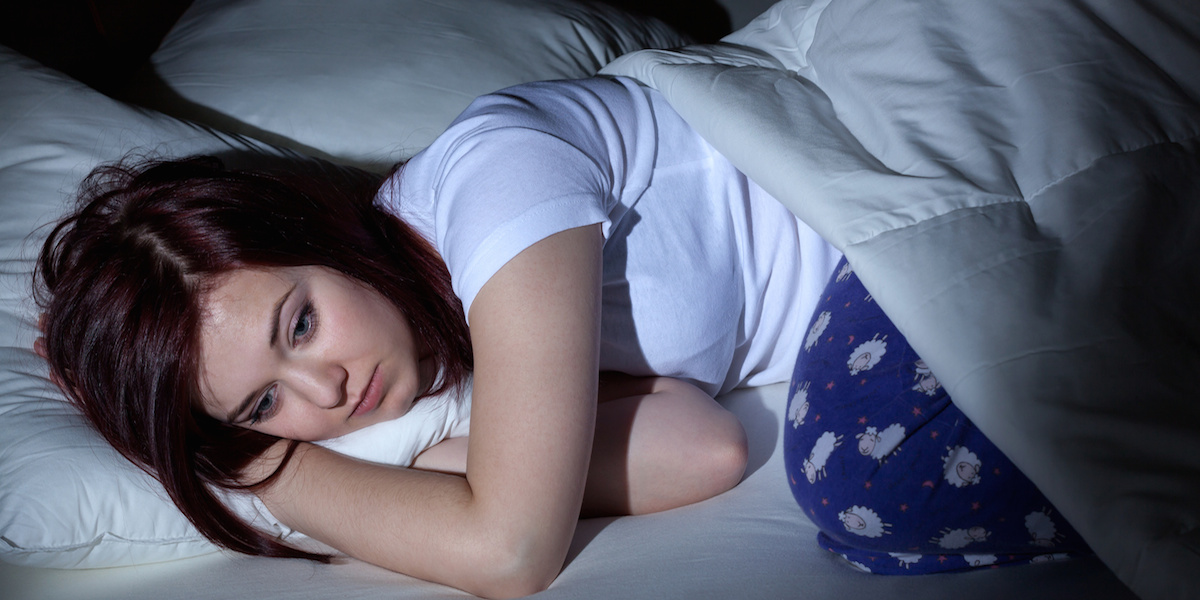
The following is excerpted from an online article posted by PsyPost.
A new study published in The Journal of Sex Research indicates that Swedish adolescents are using pornography more frequently, with notable shifts in their attitudes. Between 2004 and 2020–21, both boys and girls have become more tolerant of pornography, yet increasingly skeptical of its supposed benefits. Interestingly, the once prominent gender gap in reactions to pornography has narrowed considerably, with boys and girls now reporting similar emotional and behavioral responses.
Past studies have shown that pornography can shape young people’s understanding of sex, relationships, and gender roles. However, these studies primarily focused on a time when pornography was less accessible, and societal views were different. This study aimed to explore how attitudes toward pornography have changed in light of its increased availability, especially among adolescents who have grown up with smartphones and easy access to free online content.
The researchers analyzed data from two nationally representative surveys of Swedish high school seniors in 2004 and 2020–21. Both surveys included identical questions about pornography use, attitudes, and responses, which allowed the researchers to directly compare data across these two time points.
In addition to tracking how often teenagers watched pornography, the researchers asked questions that delved into their emotional and cognitive reactions. These included whether students found pornography arousing, upsetting, or informative and whether it influenced their behaviors. The surveys also included questions about societal attitudes, such as whether pornography should be easily available or restricted, and whether it degrades women or men.
One of the most significant findings was the increase in the frequency of pornography use among both boys and girls, despite a slight decline in the overall percentage of adolescents who reported ever using pornography. While fewer students in 2020–21 reported ever using pornography compared to 2004, those who did use it were using it more frequently.
Among boys, the proportion of those using pornography weekly or daily rose sharply, from 40% in 2004 to 76% in 2020–21. Girls also showed a significant increase in frequent pornography use, with the percentage of weekly or daily users rising from just 2% in 2004 to 19% in 2020–21.
“The significant increase in girls’ frequency of pornography use is something we haven’t seen in previous studies in Sweden, suggesting that pornography’s ubiquity and changing social norms are influencing how both genders interact with it,” said study author Meghan Donevan, a PhD student in Child and Adolescent Psychiatry at Umeå University.
Despite these increases in frequency of usage, the study found notable shifts in emotional and cognitive responses to pornography. Boys in the 2020–21 cohort were less likely to report feeling aroused or excited by pornography compared to boys in 2004 and fewer boys reported applying the behaviors they saw in pornography in their own sexual experiences.
At the same time, girls reported fewer negative emotional reactions, such as feeling disgusted or upset, when using pornography in 2020–21 compared to 2004. This change in girls’ responses might be linked to increased pornography use and the reduction of stigma around female pornography consumption.
Another key finding was the narrowing of the gender gap in attitudes toward pornography. While boys continued to hold more permissive attitudes than girls, both genders showed increased tolerance for pornography’s availability by 2020–21. More boys and girls agreed that pornography should be easily accessible, and fewer supported legal restrictions on its availability.
Source: PsyPost
https://www.psypost.org/study-uncovers-narrowing-gender-divide-in-pornography-use-and-attitudes-among-teens/

 Early Smartphones May Scar Young Minds
Early Smartphones May Scar Young Minds  Poor Sleep Tied to Self-Harm Among Teens
Poor Sleep Tied to Self-Harm Among Teens  Sleep Problems in Early Teens Associated with Future Self-Harm
Sleep Problems in Early Teens Associated with Future Self-Harm